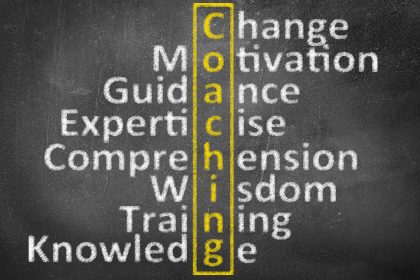A great compliment I received: “Somehow you keep the focus on you and theclient focus training and at the same time you make it all about each person in the room.”
Are all audiences alike?
Imagine a speaker thinking that yes, audiences are pretty much alike (or a Coach thinking all clients are alike.) How effective is the speaker in reaching each member of their audience?
Just as all coaching clients are not alike, all audiences are not alike. Sometimes you have an audience with a commonality such as work, expertise, interest, etc. Even when the audience comes with that common focus, each person in the audience is completely unique with different ideas, motivations, and needs. Recognize that all audiences and that all members of the audience are not the same; recognize the value of considering the possible variables. Evaluate the common focus, then brainstorm the range of ideas, motivations, and needs you might expect. Consider options for meeting and addressing each.
Of course your methodology for presenting information is enhanced by recognizing and presenting to the different learning styles and personalities in the room. Balance your approach so that each individual is touched and served. For example, your visual learners enjoy having a power point to read and that illustrates with pictures. Your audio learners are sensitive to tone, volume, and distracting noises. Your kinesthetic learners like to take notes, doodle, and connect with a good story. Your logical personality types want the overview, the facts, and to see the steady movement through the content. Your emotional personality types enjoy small groups, discussions, connection. The passive communicators welcome time to process information while your aggressive communicators want a fast-paced presentation. With such diverse needs, can you the speaker meet them all? Yes! Through planning and balance, incorporate components for each style and need.
* Specifically, in a training session, a story that illustrates my expertise and has a specific point connects to each individual. The kinesthetic and visual learners feel and see the story; the auditory people hear the message. The emotional personalities connect while the logical personalities appreciate the point.
* Provide a concrete overview of how the training is organized and ask for buy-in. The passive communicators have the opportunity to begin processing information while the aggressive communicators appreciate knowing exactly where the time is going.
Is it about you or about them? The answer is easy: yes.
It is all about you.
The audience will have an impression of you and whether they believe they will gain from the time very quickly. All day long they will react to how you present and whether you reach their style and needs. Your persona and demeanor make the difference. So that while this is not about how wonderful you are, it is about how your style serves.
It is all about them.
Ultimately the presentation is about whether each person in the audience gains value and knows how to achieve results. Each person is looking for validation, answers, and inspiration. The speaker is the mechanism for reaching the audience. When individuals gain value, the presentation is successful.




